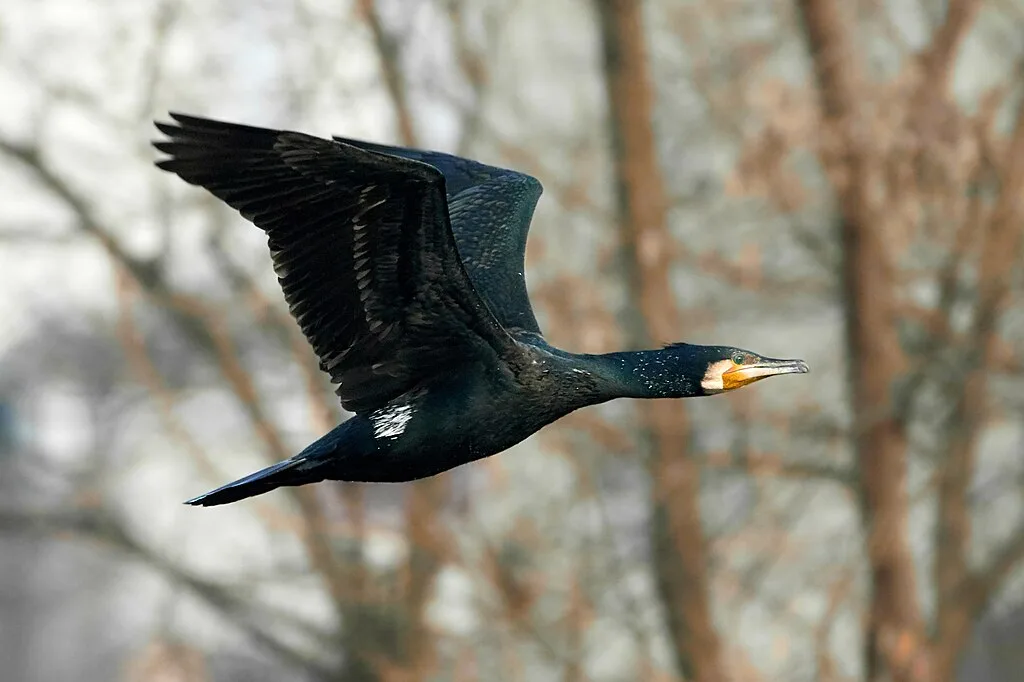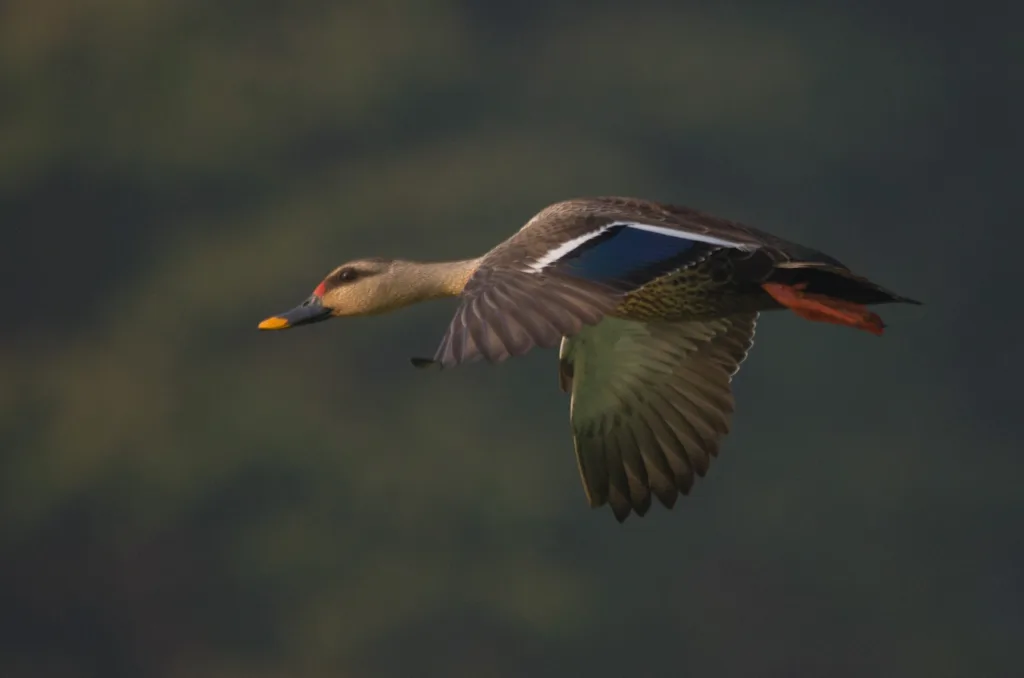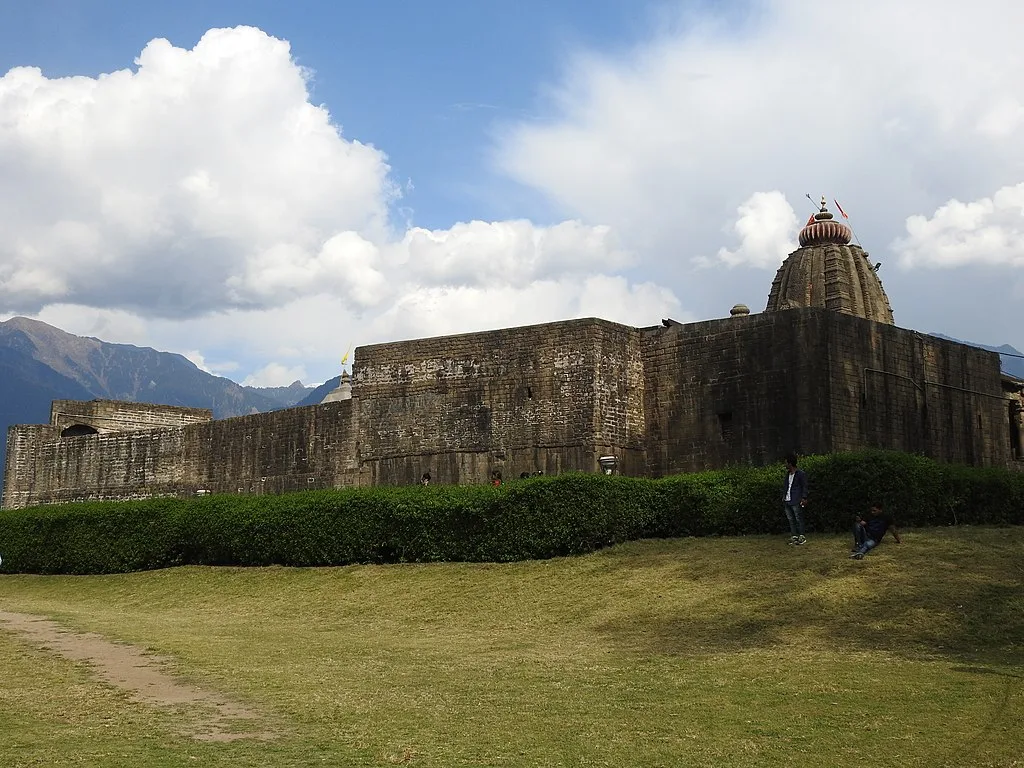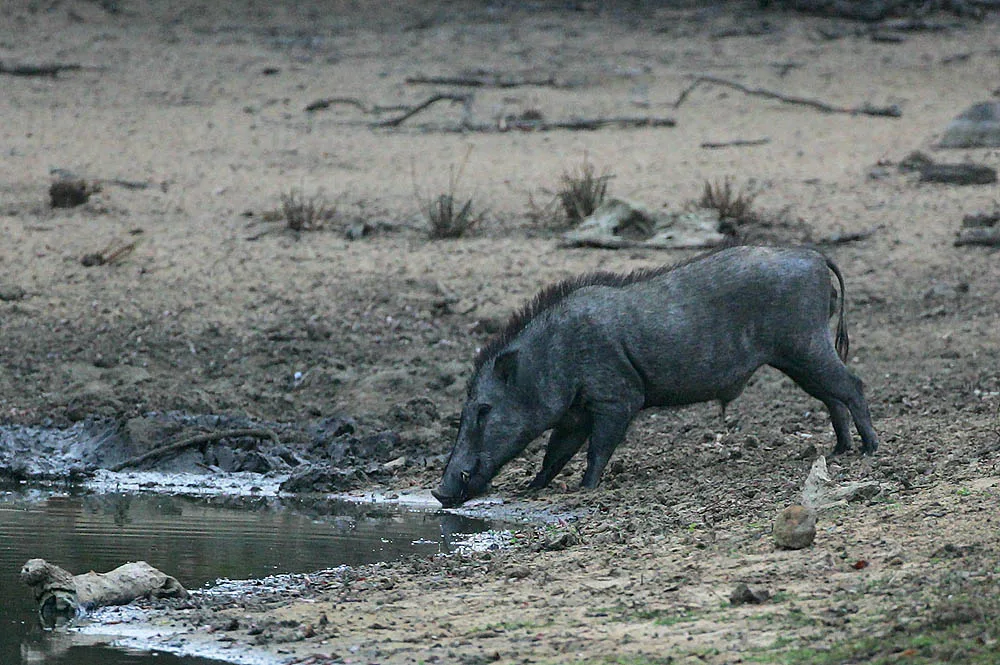Close your eyes and envision a place where vast expanses of water merge with the sky, where the air resonates with the calls of countless birds, and where each step takes you deeper into nature’s remarkable spectacle. Welcome to Pong Dam Lake Bird Sanctuary, a haven for bird photography enthusiasts and a sanctuary for nature lovers like me.
Revealing the Charms of Pong Dam Lake

Nestled in the Kangra district of Himachal Pradesh, Pong Dam Lake Bird Sanctuary is a sprawling aquatic paradise covering approximately 49,300 acres. This sanctuary stands as a living testament to the harmony between vibrant birdlife and the serene waters of the Pong Dam reservoir. What sets Pong Dam Lake apart is its sheer scale—a vast wetland expanse that becomes a temporary home for thousands of migratory birds.
Pong Dam Lake is not just a sanctuary; it’s a sanctuary with a purpose. Created in 1975, this artificial wetland was formed by the construction of the Pong Dam on the Beas River. The resulting reservoir created a unique habitat that attracts a multitude of bird species, turning it into a sanctuary for both resident and migratory birds. The sanctuary’s tranquility offers bird photographers a canvas to capture the mesmerizing avian world.
Flora and Fauna

As you embark on your journey into Pong Dam Lake, you’ll be greeted by the serenity of the waters and the harmonious symphony of bird calls. The sanctuary’s diverse aquatic ecosystems, from marshes to mudflats and riverine forests, provide a picturesque backdrop for your bird photography.
Now, let’s turn our attention to the true stars of the show—the birds. Pong Dam Lake boasts an impressive array of avian residents. The Great Cormorant, with its sleek black plumage and distinctive hooked bill, is a common sight, often seen perched on rocks and tree branches. The Bar-headed Goose, with its striking markings and high-altitude habits, adds an element of elegance to the sanctuary.
Pong Dam Lake’s marshes and wetlands are also home to other remarkable avian species. The Northern Pintail, with its elegant form, and the Northern Lapwing, with its distinctive crested appearance, can be spotted foraging in the shallow waters, offering excellent opportunities for photographers.
Endemic and Migratory Marvels

Pong Dam Lake’s allure lies in its ability to host both endemic and migratory birds. The sanctuary is home to several endemic species, including the Indian Spot-billed Duck, the Common Pochard, and the Indian River Tern. These birds can be spotted throughout the year, making Pong Dam Lake a year-round birding destination.
However, for an extraordinary bird photography experience, plan your visit during the migratory season, which typically spans from October to March. This is when Pong Dam Lake transforms into a bustling avian metropolis, welcoming migratory birds from regions as far as Siberia, Central Asia, and Europe. Keep your camera ready to capture the mesmerizing sight of Bar-headed Geese, Common Teals, and various waders as they grace the serene waters.
Planning Your Birding Expedition
So, you’ve decided to embark on a bird photography journey to Pong Dam Lake? Here’s a roadmap to ensure you make the most of your visit:
Local Expertise
While exploring the sanctuary independently is an adventure in itself, consider seeking the guidance of a local naturalist or guide. They possess invaluable insights into the habits and habitats of the birds, increasing your chances of spotting even the most elusive species. Guides familiar with Pong Dam Lake’s avian residents are available near the sanctuary entrance.
Local guides not only enhance your bird photography—they offer a deeper understanding of the sanctuary’s ecology and its significance in bird conservation. Their expertise adds depth to your birdwatching experience.
Accommodations
For an immersive birding experience, consider staying in nearby towns like Nagrota Surian or Jawali. These towns offer a range of accommodations to suit different budgets and provide convenient access to Pong Dam Lake. Staying nearby allows you to maximize your birdwatching opportunities and experience the tranquility of the sanctuary.
Ideal Time to Visit
The best time to visit Pong Dam Lake for bird photography largely depends on your preferences. If you’re eager to witness the bustling activity of migratory birds, plan your trip between October and March. During this period, the sanctuary becomes a vibrant hub of avian activity.
However, if you prefer a quieter atmosphere and wish to observe resident species, other months also offer rewarding birdwatching experiences. The monsoon season, from July to September, transforms the sanctuary into a lush green paradise, with several bird species engaged in breeding activities.
Getting There
Accessing Pong Dam Lake is relatively straightforward. If you’re traveling from Dharamshala or Pathankot, Himachal Pradesh, it’s approximately a 2 to 3-hour drive to reach the sanctuary. The journey takes you through scenic landscapes with picturesque views of the Dhauladhar Range.
Beyond Birdwatching
While Pong Dam Lake is primarily celebrated for its avian population, there’s more to explore:
Water Adventures
Embark on boat rides or take a leisurely stroll along the lakeshore to fully appreciate the sanctuary’s aquatic beauty. Boat tours offer unique perspectives for bird photography and a chance to get closer to the birds.
Kangra Valley Exploration

Explore the nearby Kangra Valley, known for its ancient temples, monasteries, and rich cultural heritage. Visit the Kangra Fort, Baijnath Temple, and other historical sites to immerse yourself in the region’s history and culture.
Wildlife Encounters

Keep an eye out for other wildlife species that call the sanctuary home, including the Indian Wild Boar, Barking Deer, and various reptiles and amphibians.
Tips and Techniques
Before you set off on your bird photography adventure to Pong Dam Lake, here are some valuable tips to make the most of your experience:
- Equipment: Ensure you have a telephoto lens with a focal length of at least 300mm to capture distant birds. Carry extra memory cards and batteries to avoid missing a perfect shot.
- Silence and Stillness: Birds are sensitive to noise and movement. Maintain a low profile and move quietly to avoid disturbing them. Quick and sudden movements can startle the birds, causing them to fly away.
- Patience: Bird photography often requires waiting for the perfect moment. Be patient, observant, and ready to seize the opportunity when it arises. Bird behavior can be unpredictable, so stay prepared.
- Respect Nature: Adhere to the sanctuary rules and guidelines to ensure the well-being of the birds and their habitats. Avoid littering, feeding the birds, or getting too close to their nesting sites.
In Conclusion
Pong Dam Lake Bird Sanctuary is a realm where avian dreams take flight, where the beauty of nature and the grace of birds come together in a mesmerizing spectacle. Whether you’re a seasoned birdwatcher or a novice with a camera, this sanctuary offers an immersive experience that will leave you in awe.
So, pack your camera gear, focus your lens on the feathered wonders, and let the enchantment of Pong Dam Lake be your guiding inspiration. Your journey into this avian paradise awaits.
